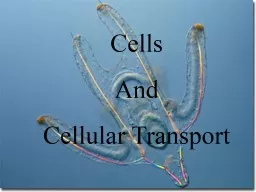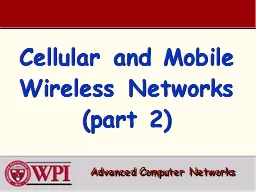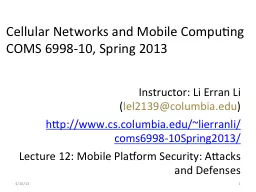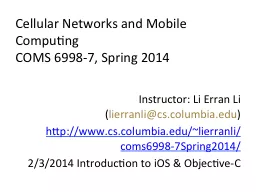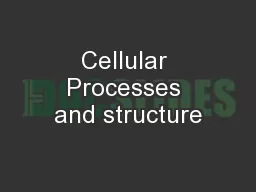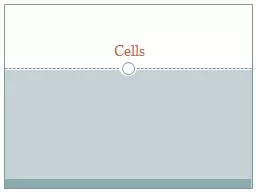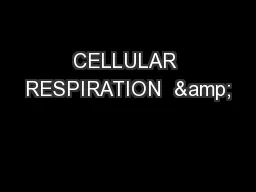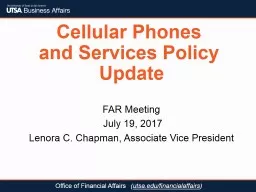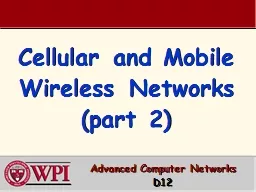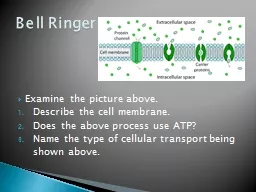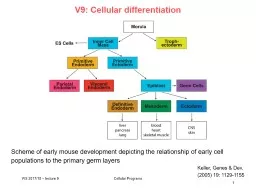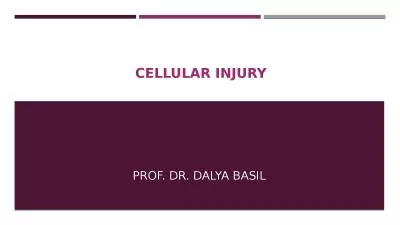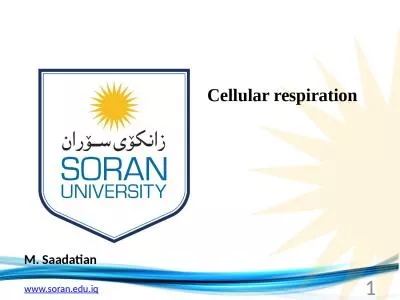PPT-Cells And Cellular Transport
Author : PeacefulPenguin | Published Date : 2022-07-28
Where does the name cell come from Cells were named by Englishman Robert Hooke in 1665 He observed that cork wood looked like monks cells in a monastery The Cell
Presentation Embed Code
Download Presentation
Download Presentation The PPT/PDF document "Cells And Cellular Transport" is the property of its rightful owner. Permission is granted to download and print the materials on this website for personal, non-commercial use only, and to display it on your personal computer provided you do not modify the materials and that you retain all copyright notices contained in the materials. By downloading content from our website, you accept the terms of this agreement.
Cells And Cellular Transport: Transcript
Download Rules Of Document
"Cells And Cellular Transport"The content belongs to its owner. You may download and print it for personal use, without modification, and keep all copyright notices. By downloading, you agree to these terms.
Related Documents

